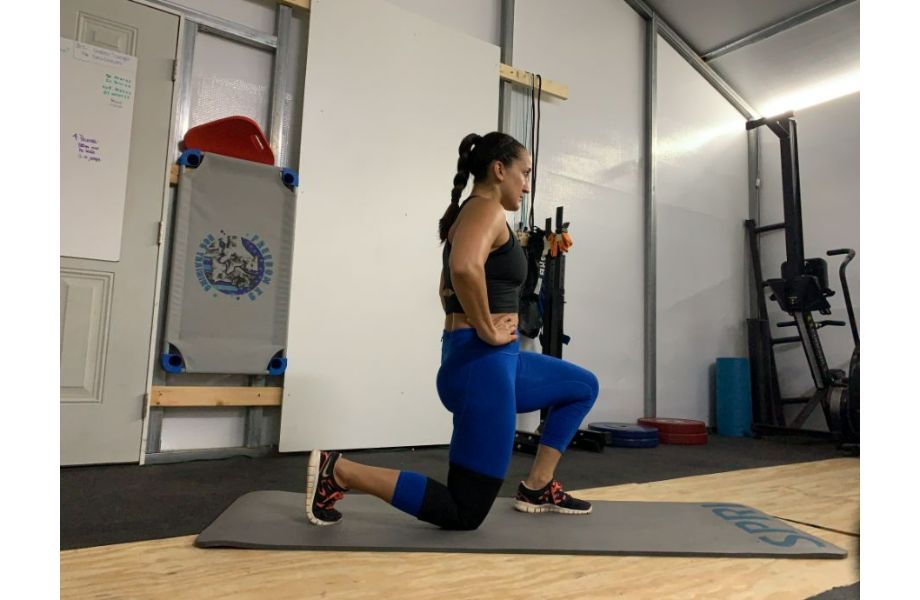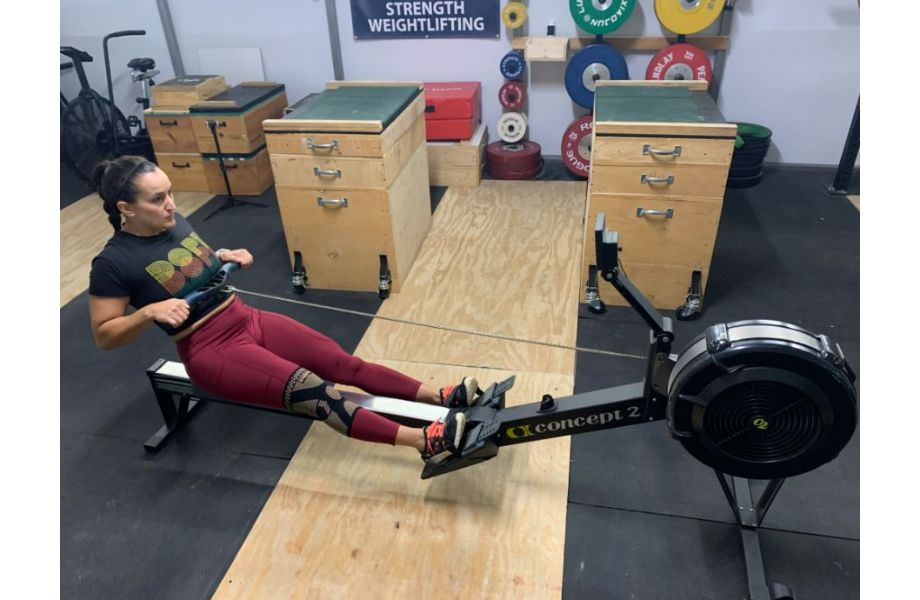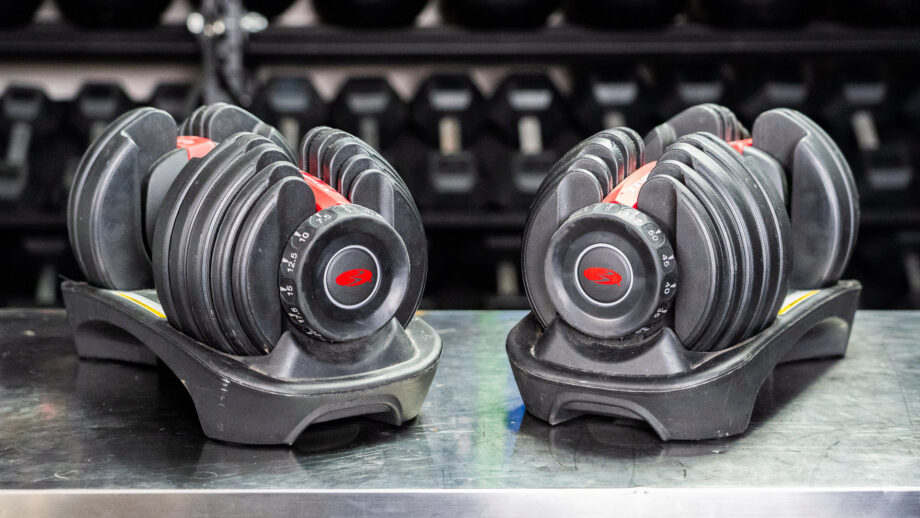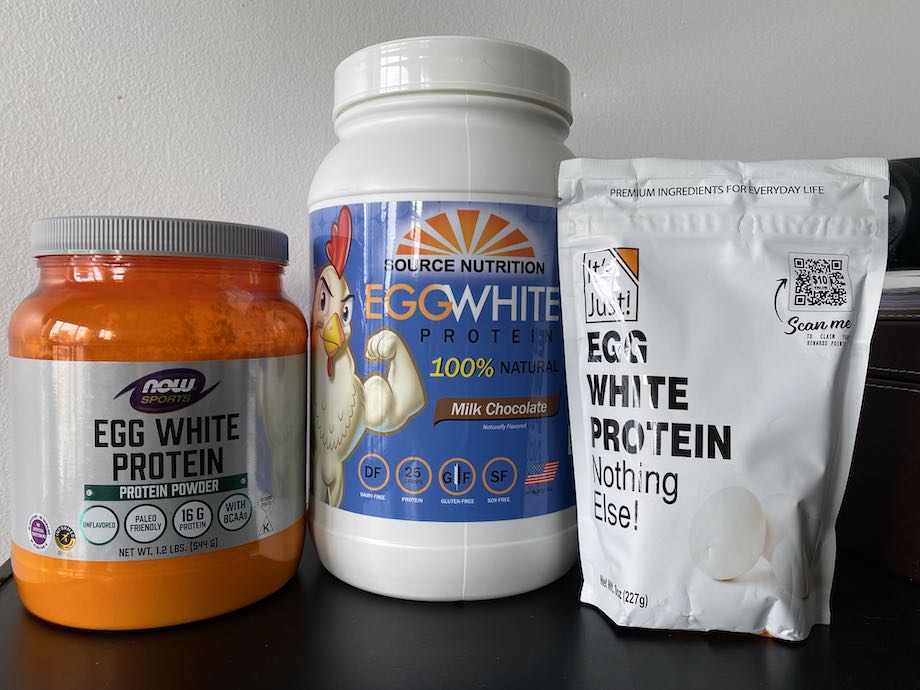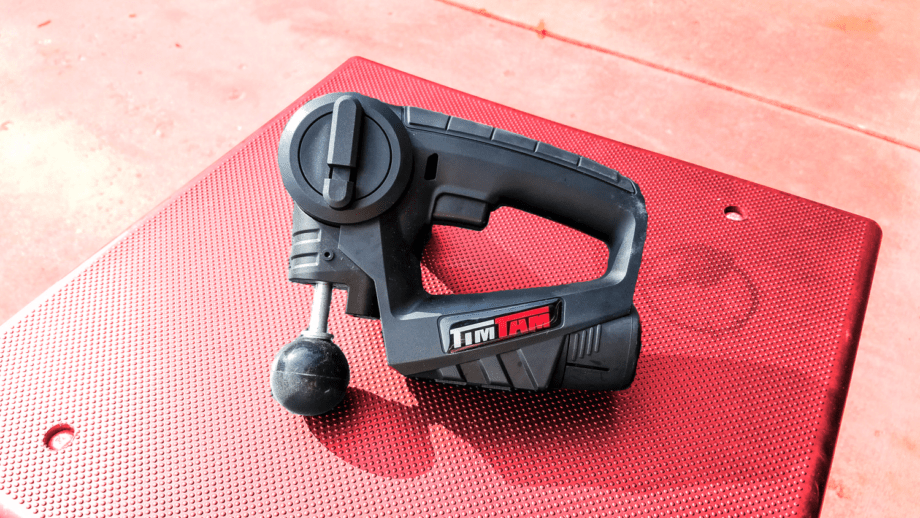Whenever this certified personal trainer sees lunges in my program, I jump for joy—not. If you get excited about lunges being in your program, you should get your head checked… But lunges will improve single-leg strength and balance and reduce strength imbalances between sides, which will lead to better muscle development.
Lunges and variations are similar to bad-tasting medicine that helps heal you. Yes, it will hurt, but it will be worth it. Seeing as many of our activities involve a single-leg stance, it pays to strengthen this. Here we’ll jump into all things lunge so you can enjoy taking your lousy medicine.
RELATED: What Muscles Do Lunges Work?
Medical disclaimer: This article is intended for educational and informational purposes only. It is not intended as a substitute for medical advice. For health advice, contact a licensed healthcare provider.
Muscles Worked by Lunge Exercises
Lunge variations are an excellent unilateral strength exercise that improves your balance and muscular development of major lower-body muscle groups. Each lunge variation emphasizes each lower body muscle differently, but they all work some of the same muscles:
Glutes: via hip extension
Hamstrings: assist the glutes with hip extension and help you lower into a lunge
Quads: extend the knee and also help control the lunge descent
Core muscles: The anterior and posterior core work to keep you balanced, with your spine neutral and in good posture when performing all the above lunge variations

How to Do a Forward Lunge
- Stand upright with your feet hip-width apart and toes pointed forward.
- Step forward with your right foot and let your left knee sink toward the floor until your right thigh is almost parallel to the floor.
- Push through your right foot to straighten your legs and step back to bring your feet together.
- Reset and repeat. Do all your reps on one side at a time or alternate sides for even repetitions.
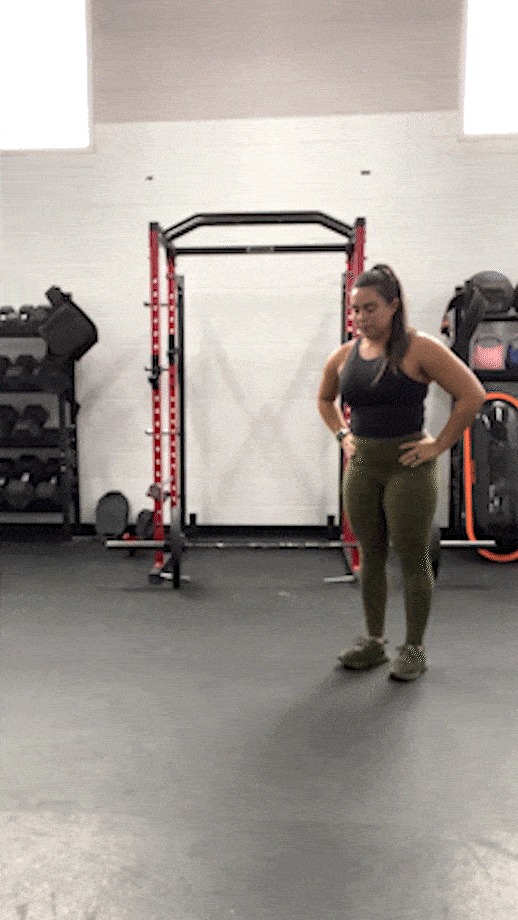
Common Mistakes to Avoid
Lunging is a fundamental human movement that is part of our DNA, but that doesn’t mean some people still don’t make mistakes that take away from this exercise. Here are some common mistakes to avoid to get the most out of this exercise.
Foot Position
Some people treat the lunge like they’re walking a tightrope across the Grand Canyon. There is no need to lunge with your feet too close to the center line. Instead, treat the lunge like you’re walking normally, only with a bigger step forward.
Your Front Knee Buckles
Knees are hinge joints and need more stability than mobility, and when they buckle inwards, it could indicate weak glutes. Ensure you warm up properly, and training your glutes with hip extensions, mini band lateral walks, and other glute-focused exercises may help. But most of all, be aware that it is happening so you can take a step back to take a lunge forward.
RELATED: Best Resistance Bands for Glutes
Excessive Knees Over Toes
It’s OK for the knee to travel over the toes with plenty of squat and lunge variations, and some even encourage it. But when in a single-leg stance, having the knee excessively over the toes adds unnecessary stress to the knee joint. Two things to do here are to ensure you have the correct foot position and warm up with hip mobility drills before lunging.
Don’t Hurry
For many people, lunges are an exercise you want to complete as soon as possible. But hurrying your lunge means you lose the muscle tension-building benefits and lose your balance. Instead, control the eccentric and bring your feet together after every rep to reset.
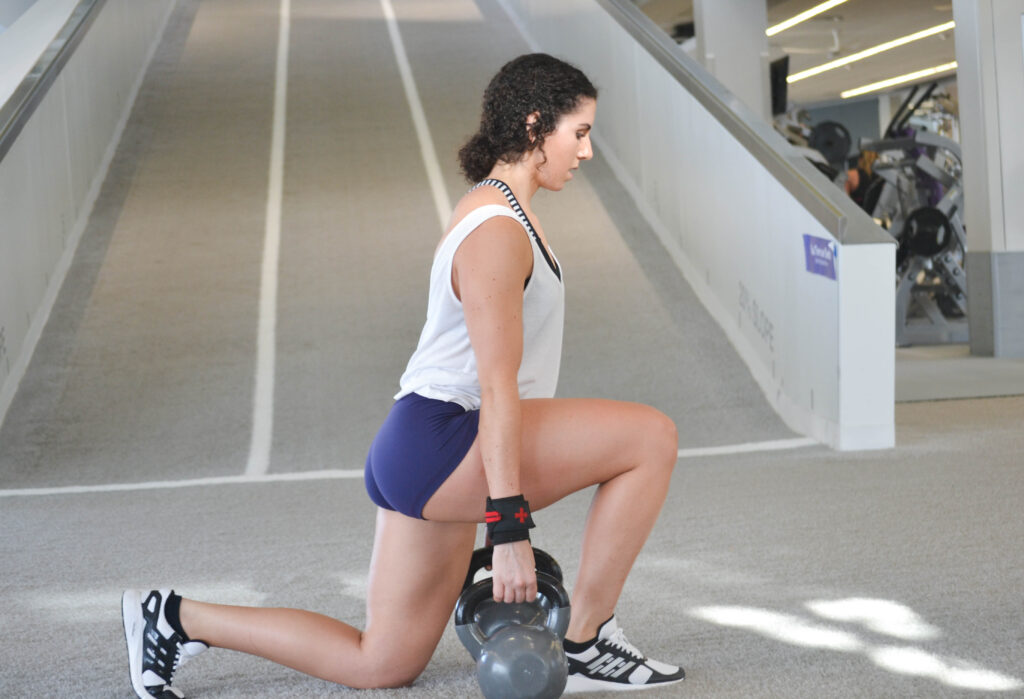
Benefits of Lunges
It does come with significant benefits for all the discomfort the lunges provide. Here are four excellent benefits of embracing the suck and doing your lunges.
Better Fat-Loss Potential
All lunge variations train the large lower body muscles in a single-leg position which helps you burn calories and improve your fat-loss efforts. Because you’re training each leg unilaterally, you’ll double the reps you usually do for bilateral lower-body exercises. This means double the burn, muscles, and calories.
RELATED: At-Home Lower-Body Resistance Band Workout
Strengthens Lower-Body Muscle Imbalances
Because of activities of daily living and too much bilateral lifting, most people have a dominant and non-dominant side. This can lead to strength imbalances. Performing lunges helps reduce muscle imbalances and improves muscle development of the glutes, quads, and hamstrings on each side.
Improves Hip Strength
Lunges train the glutes, no doubt, but they also train the inner thigh muscles, the adductors, or the groin muscles. When lowering into a lunge, your adductors work overtime to keep you balanced, keep your knees where they should be, and ensure you control your descent. Training your adductors with lunges strengthens and mobilizes your hips simultaneously for better hip strength and mobility.
Helps Train Balance and Stability
Lunges automatically throw your body off balance because you’re in a single-leg stance with a reduced support base. Training unilaterally increases the number of stabilizing muscles needed to remain upright, including your core stabilizers. The rectus abdominis, obliques, and lower back work harder to balance you.
RELATED: Kettlebell Core Workout
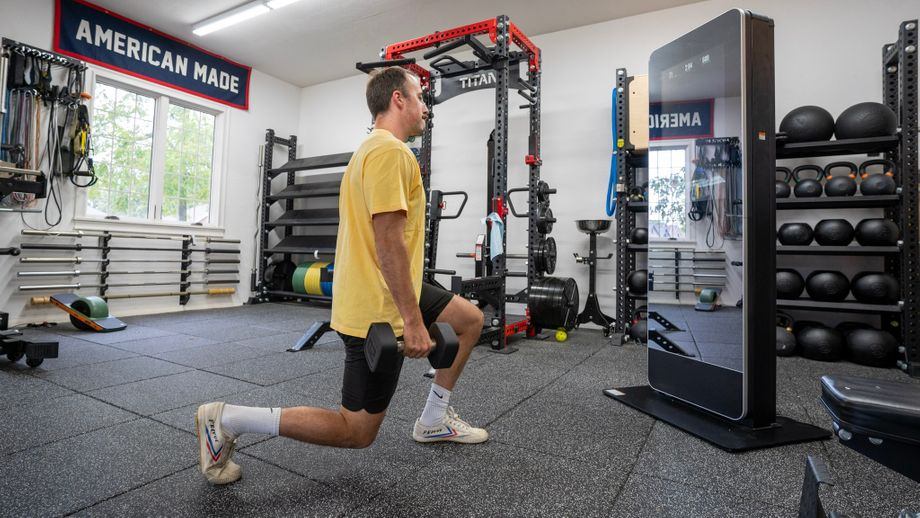
Lunges vs Squats
The main differences between the squat and the lunge are apparent.
The reduced support base in a single-leg stance means you’ll use less weight than squats, increase core activation, and engage your lower body muscles differently to stay balanced. For instance, squatting predominantly uses quads, but lunges train the glute mini and medius, and the adductors are engaged more for single-leg stance balance.
Squats are great for building muscle and strength while improving performance, and lunges are fantastic for strengthening imbalances for better muscle development while improving body coordination and stability. Both exercises are great for the beginner through to the advanced trainee because both are easily modified, and both have a place in every workout program.
RELATED: Proper Squat Form: Learn from an Olympian
Lunge Variations
Now, here comes the fun part. There are many different lunge variations for the beginner to the advanced trainee. Here we’ll get into the main ones you should be doing in your workout routine.
1. Assisted Lunge
An assisted lunge involves holding onto something stable so you can focus on form, which increases your stability. This is particularly useful when first starting your lunging journey.
How to do it:
- Hold onto something stable, like a TRX or a squat rack, with both hands.
- Perform a reverse lunge with your left leg by stepping your left foot back and lowering your left knee to the floor until your right leg is parallel to the floor.
- Push off the floor with your left foot and return to the feet-together position.
- Reset and repeat, either alternating legs or doing all your repetitions on the same side before switching to the other side.
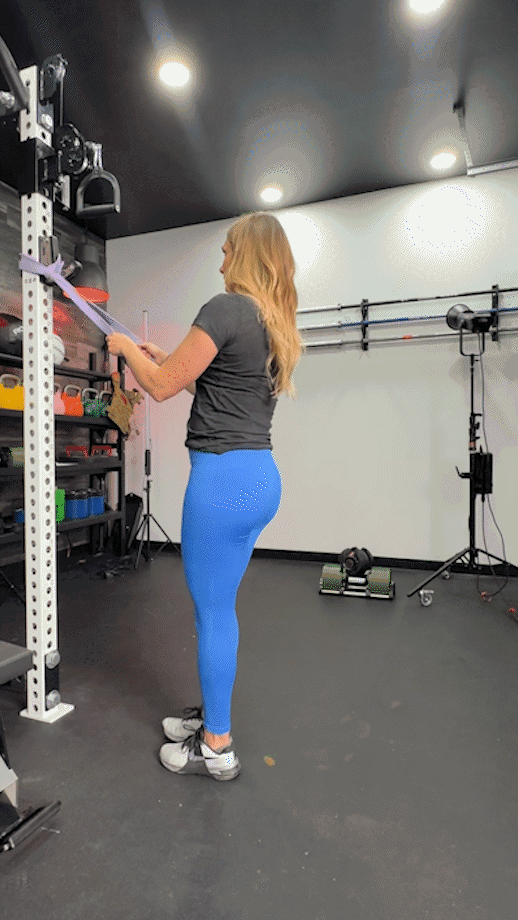
2. Half Lunge
The half lunge is a reduced range of motion lunge in which you only lower a little into the lunge before stepping back. The reduced ROM makes this exercise great for beginners or those with knee pain.
How to do it:
- Stand upright with your feet hip-width apart.
- Step forward with your left foot and lower slightly into a lunge.
- Then, push through your left foot to straighten your leg and return to the starting position.
- Reset and repeat.
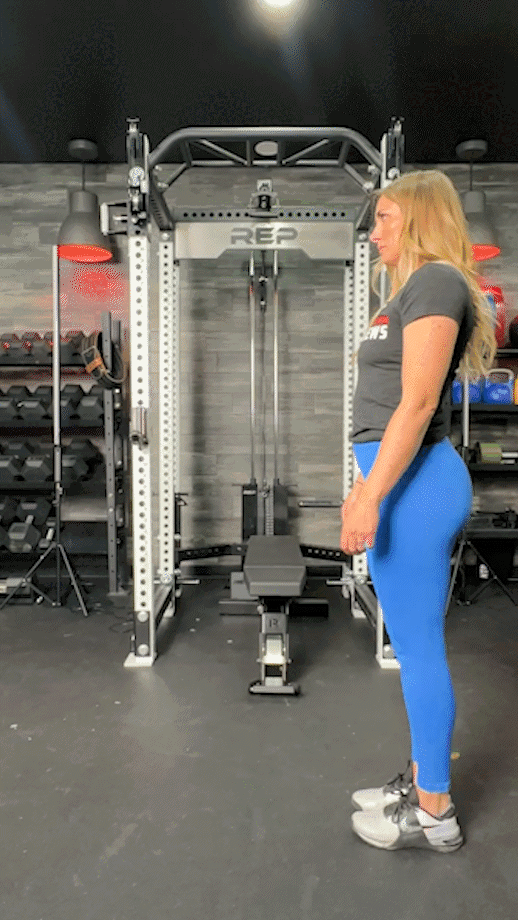
3. Front Foot Elevated Lunge
The front foot elevated lunge is similar to a split squat, except the front leg is elevated. This lunge increases the range of motion and the stretch in the back leg for improved hip mobility benefits.
How to do it:
- Place your right foot on an elevated surface and bring your left leg back.
- Drop your left knee toward the floor while keeping your weight on the front leg.
- When your right thigh is parallel to the hip or below, push through your right foot to step back to the starting position.
- Reset and repeat, then do the same number of repetitions on the opposite side.
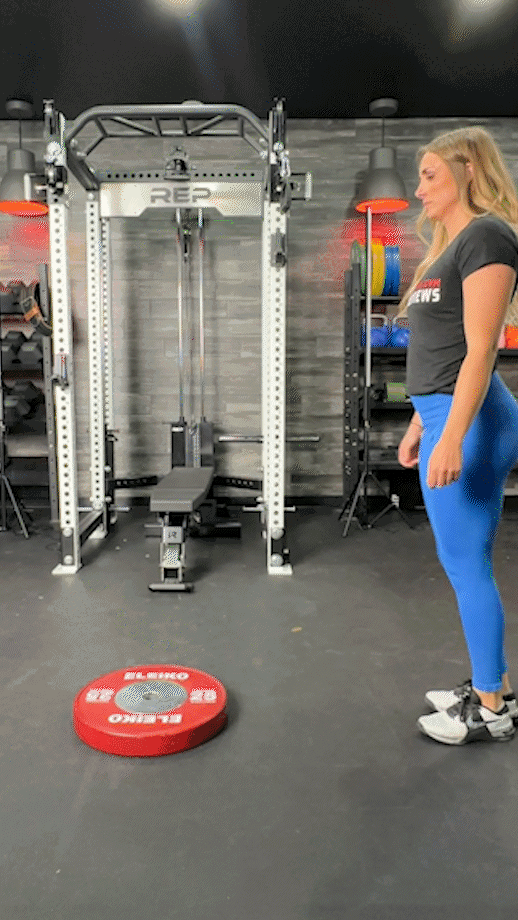
4. Reverse Lunge
The reverse lunge puts less stress on your knees than other lunge variations because it is hip and not knee dominant. If you suffer from knee pain, this is your go-to lunge variation.
How to do it:
- Stand upright with your feet hip-width apart.
- Take a small or large step back with your left foot and lower the knee so your right thigh is parallel to the floor.
- Push through your right foot, return to the starting position, reset, and repeat.
- You can choose choose to alternate sides or do all your repetitions on one side at a time.
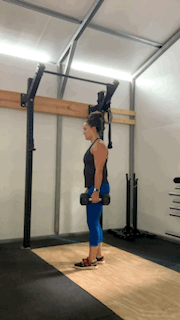
5. Dumbbell or Barbell Lunge
Most lunge variations on this list, except for the assisted lunge and jumping lunge, can be loaded with either dumbbells or barbells. Loading the lunge pattern will help increase your lower body’s size and strength and strengthen imbalances between sides. Ensure you keep the load to one that doesn’t compromise form and safety.
RELATED: Best Olympic Barbell
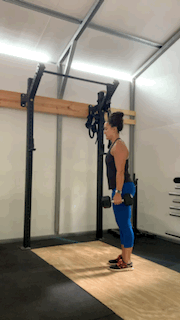
6. Sliding Lunge
Adding a furniture slider to your lunge increases the need for control, especially in the eccentric part of your lunge. Controlling the eccentric means more time under tension for improved strengthening benefits.
How to do it:
Note: There are many sliding lunge variations; the one below is the reverse lunge because it is the easiest.
- Stand upright with your feet hip-width apart and place your right foot on a slider.
- Slide your right foot back and lower the knee so that your left thigh is at a 90-degree angle.
- Push through your left foot to stand, and slide your right foot back to the starting position.
- Reset and repeat. You can choose to alternate sides or do all your repetitions on one side at a time.
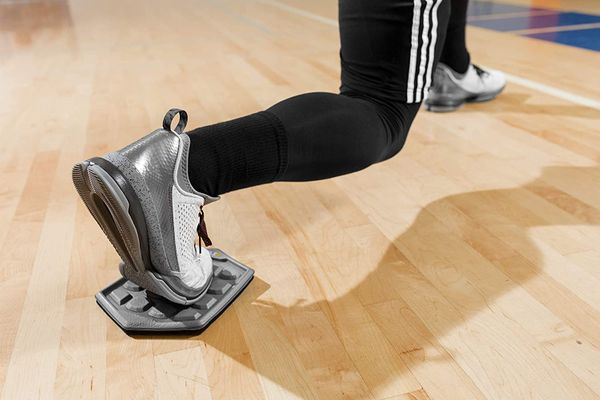
7. Side/Lateral Lunge
The side lunge is where you step laterally instead of forward or backward. Here you’ll strengthen and improve the mobility of your adductors for better hip mobility and strength.
How to do it:
- Stand upright with your feet together and your toes pointed forward.
- Take a big step to the side with your left leg.
- Push your left hip back and bend your knee while keeping your right leg straight with your feet pointed forward.
- Then push your left foot into the floor to straighten your leg and return to the starting position.
- Reset and repeat, alternating sides or doing the same side for all reps before switching.
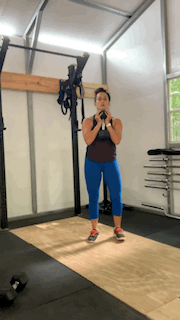
8. Rear-Leg-Elevated Lunge (Bulgarian Split Squat)
Putting your back foot on an elevated surface when performing the Bulgarian split squat increases the need for hip mobility on the back leg. Plus, the extra ROM on the front leg gives you juicy quad and glute muscle-building benefits.
How to do it:
- Place the top of your right foot on a weight bench behind you and stand in an upright position.
- Bend your left knee to drop your right knee toward the floor with a slight forward lean in your torso.
- Once you feel a stretch in your right leg, push through your left foot to straighten and return to the starting position.
- Reset and repeat, then repeat on the opposite side.
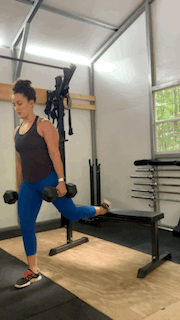
9. Lunge Deadlift
The lunge deadlift is a combination of a forward lunge and single-leg deadlift. Instead of lunging with the front leg, you are hinging back into your hip to put incredible muscle-building tension on the glutes and hamstrings.
RELATED: Deadlift Variations
How to do it:
- Stand tall with your feet hip-width apart.
- Take a step forward with your right foot and lunge forward.
- As your left knee flexes and approaches the ground, push back into your right hip and bend forward until your chest is over your right knee. Keep your back straight.
- Once you feel a stretch in your right hamstring and glute, push back to the starting position.
- Reset and repeat, then repeat on the opposite side.
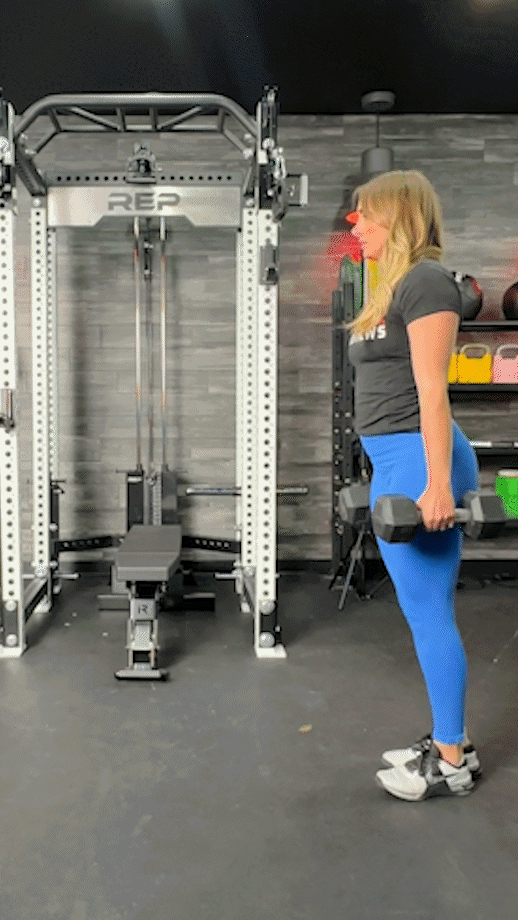
10. Curtsy Lunge
The curtsy lunge is exactly how it sounds—like you’re curtsying to the Queen of England. This lunge variation works the smaller muscles of the glutes while strengthening internal and external hip rotation needed for healthy hips and knees.
How to do it:
- Stand upright with your feet hip-width apart.
- Step your left foot back and behind your right foot in a curtsy pose.
- Drop your left knee until your right thigh is almost parallel to the ground.
- Straighten your right leg by pushing through your right foot and returning to the starting position.
- Reset and repeat, then repeat on the opposite side.
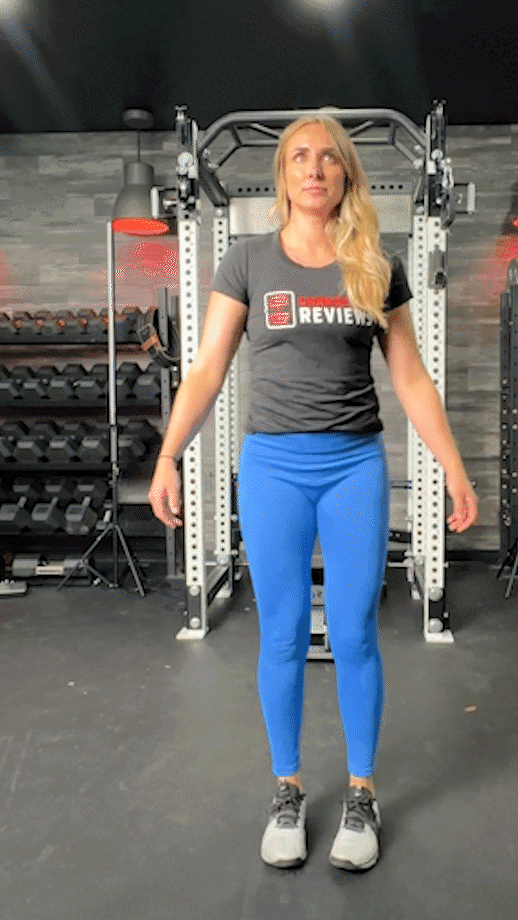
11. Jumping Lunges
Jumping lunges, or switching lunges, are a plyometric exercise where you lunge and then jump into the air and switch sides. This lunge variation improves your power and increases your heart rate quickly.
How to do it:
- Step forward into a forward lunge and drop your back knee down.
- Push off your toes to explode up into the air, switching legs so you land with the opposite foot forward.
- Immediately drop into a lunge on the opposite side, then jump again.
- Alternate sides for an even number of repetitions on both sides.
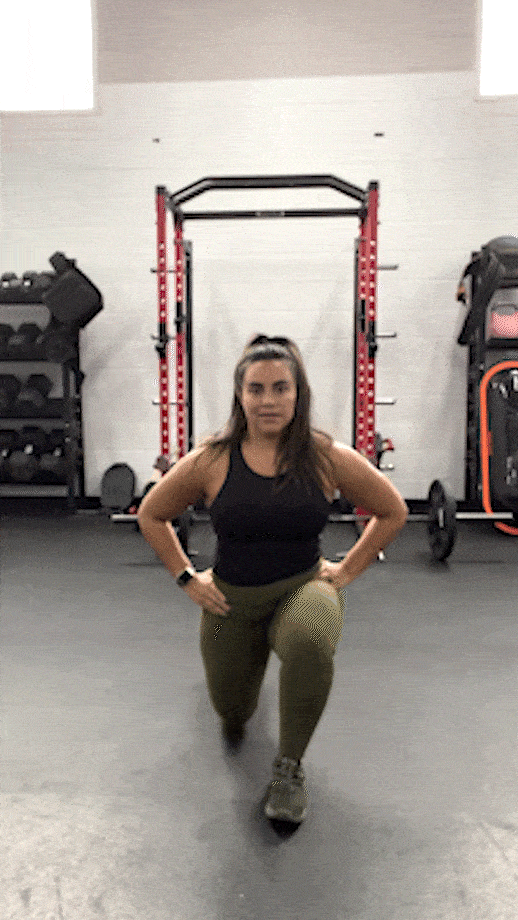
Lunges Exercise: Final Thoughts
No one gets overjoyed by doing lunges because they are difficult. They make your work harder because of the reduced support base by being in a single-leg stance. But performing lunges will:
- Improve balance
- Strengthen your core
- Reduce muscle imbalances between legs
- Add muscle and strength to all your lower-body muscles
Go ahead and take your medicine and lunge today. You can thank me later. Or not.
Lunges Exercise: Q&A
What are lunges good for?
Lunges are great for reducing strength and muscle imbalances between sides, improving your single-leg balance, and strengthening your core without doing crunches.
Are lunges or squats better?
Bilateral squats are great for building muscle and strength while improving performance. Lunge variations are excellent for improving strength imbalances. One is not better than the other, and there is room for both.
How to do a lunge for beginners?
The best lunge for beginners to build strength in the lunge position is the bodyweight half lunge and the assisted lunge. The half lunge reduces the range of motion to make the lunge more manageable, while the assisted lunge gives the beginner more stability to work on proper form without losing their balance.
What muscles do lunges work?
Lunges train all the major lower-body muscle groups, including the quadriceps, adductors, hamstrings, glutes, and calf muscles. The anterior (rectus abdominis, obliques) and posterior (lower back) core are engaged to keep you in good posture and balance and protect the spine.


